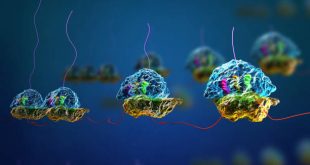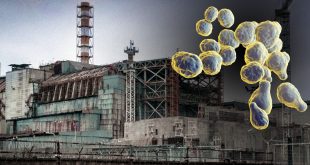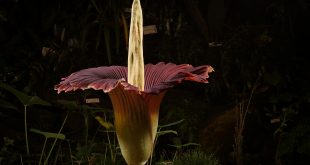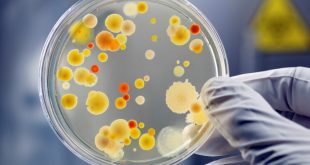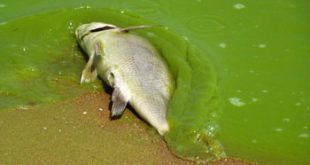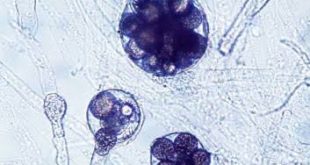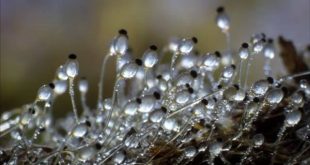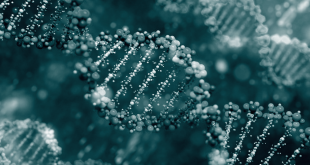Plants can see us. They can monitor their visible environment. They can see if you’re wearing a red or blue shirt. They know if you’re moving them from one place of your house to another. When you take a picture turning the flash on for a better and clearer image, …
Read More »TimeLine Layout
July, 2021
-
18 July
Ribosome: The Protein Factory of Cell
When we observe a living cell, we can see a variety of living bodies of definite structures and functions suspended in the cytoplasm, known as organoids or organelles. These organelles are the main sites for various cytoplasmic activities. Some of these are concerned with the chemical activities or metabolism of …
Read More » -
11 July
Chernobyl, Covid-19 and Black Fungus
In the year 1986, a horrifying incident took place. It killed many instantly (who were very close to the nuclear reactor). As well as kept on affecting several many living beings including plants, wild and domestic animals. The extreme radioactive environment affected the people whoever was still living in that …
Read More » -
11 July
Titan Arum: The Corpse Flower Feels Rotten
When it comes to something about flowers, we can automatically feel a nice aroma around us. Because the flowers contain such nice fragrances that flutter our hearts. But what if there is a flower from which you can sense ‘Death’? Isn’t it really horrible to feel a deadly smell from …
Read More » -
10 July
Test of Significance
Test of Significance The mathematical methods by which the probability of relative frequency of an observed difference occurring by chance, is found, are called tests of significance. It may be a difference between means or proportions of sample and universe or between the estimates of experiment and control groups. Thus, …
Read More » -
7 July
Classification of Bacteria
We all agree that classification and taxonomy of organisms are desirable and necessary in cases of biological work. But, there is much disagreement as to the best method of classifying and naming living things. The zoologists and the botanists have arranged matters in their fields fairly satisfactorily, largely on the …
Read More »
June, 2021
-
11 June
Toxic Algae & Human Health
Algal toxins are toxic substances released by some types of algae when they are present in large quantities (Blooms) and decay or degrade. These toxins are called ‘Phycotoxins’ (from Greek, phykos, “seaweed”; and toxikon, “toxin”). They are usually complex allelopathic metabolites produced by algal secondary metabolic pathways. These metabolites are (in most cases) not harmful to …
Read More »
May, 2021
-
10 May
An Overview of Oomycetes
Oomycota: The organisms of Oomycota are not fungi in other words, they are Pseudofungi. They have been recognized as being notably different from the organisms included in the phylum Fungi for a long. As an illustration, in the classical concept, Oomycota species were allied with certain algae. However, because of a …
Read More »
April, 2021
-
23 April
Mucorales: The Largest Order of Zygomycetes
Zygomycetes(Gr. zygos= yoke; spora= seed, spore) are a variant fungal class of the phylum Zygomycota, mostly known as “Pin Molds”, can be found worldwide. There are 450 species which are grouped under 70 genera that make up the class Zygomycetes. The class zygomycetes is named after the thick-walled resting spores …
Read More »
March, 2021
-
25 March
Linkage and Recombination (Part 2): Sex linkage in Drosophila, Linked gene & Synthetic gene
After Linkage and recombination part 1 We are going to learn from this part- Sex linkage Sex Linage in Drosophila Linked gene Synthetic gene X-linkage in Drosophila Linkage map Significance of linkage and crossing over Get Free Netflix Now Best safe and secure cloud storage with password protection GPL Themes …
Read More »
 Plantlet The Blogging Platform of Department of Botany, University of Dhaka
Plantlet The Blogging Platform of Department of Botany, University of Dhaka

